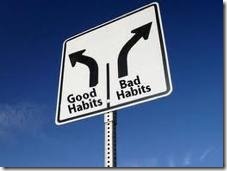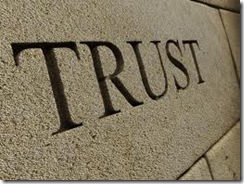Conscientiousness in the workplace is a valuable competency. Conscientious employees typically demonstrate their competence by paying attention to details, anticipating what is next, and being very self-disciplined in their approach. These employees typically uphold the organizations standards, they tend to stay out of trouble and have very high levels of integrity. Conscientious employees are great!
It seems that everything about conscientious employees would be very desirable for any organization. However, in some cases there are some drawbacks. On the not-so-good side of the scale they may develop a tendency to be overly critical of other co-workers. Co-workers whose standards are not set so high. These co-workers may be fully performing employees, just not star performers.
When conscientiousness develops into a relentless pursuit of perfection and judgment on those who are not so conscientious it can lead to a decline in workplace morale and creativity. Morale can suffer with both the highly conscientious employees and the not-so-conscientious employees. Job roles that require more flexibility and creativeness may also develop performance problems. Examples of job roles or areas that often suffer include sales, research and development, and marketing. Workplace leaders should carefully consider the dynamics of their organization and work hard to help themselves and other employees find the correct balance of conscientiousness.












